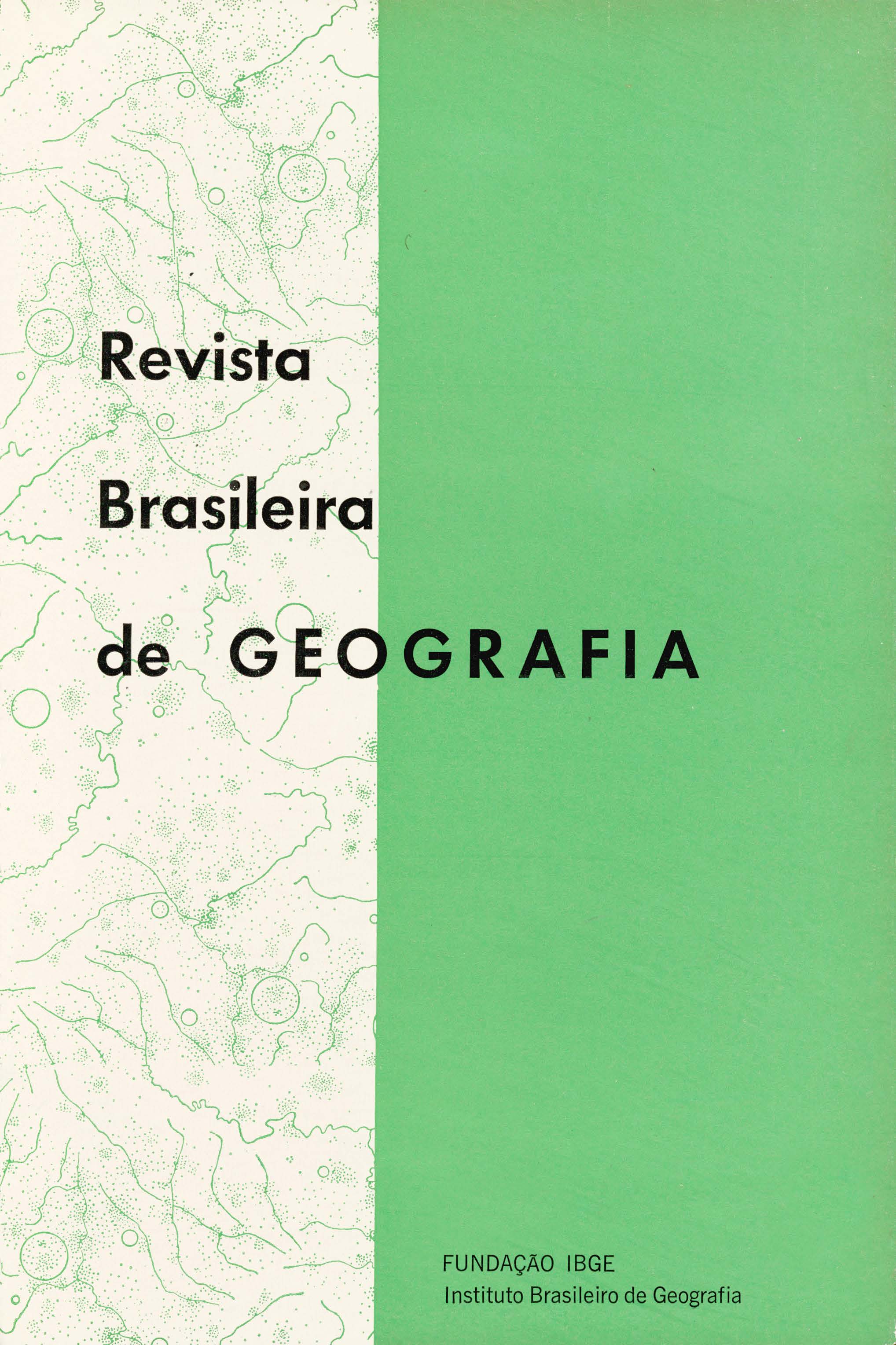Geomorfologia da Bahia
Palavras-chave:
Geomorfologia, Bahia, GeomorphologyResumo
Abstract:
In a general view, the state of Bahia presents a relief highly conditioned by the regional lithological structures and differences, and its morphological compartmentalization is, therefore, in close accordance with geology. Structural lineaments of large extension are expressed by crest lines, big ridges, scarps, valleys and coast line.
The relief of Bahia can be subdivided into seven units, Which are subordinated chiefly to morph-structural criteria: Littoral, Slope of Plateau, Sedimentary Basins of Tucano/Recôncavo, Plateaux, São Francisco River Valley, "Chapadões" of Gerais and Eastern Dorsal.
The Littoral presents four aspects which are clearly linked to lithological variations: the coastal plains, the tertiary "tabuleiros", the hills of the precambrian basement, and the semi tabular or flattened hills of the mesozoic basins.
The Slope of Plateau corresponds to a transitional zone formed on rocks of the basement, and is characterized by a bundle of longitudinal crests of N /NE direction, isolated massifs, areas full of mounts, and depressions.
The Sedimentary Basins of Tucano/Recôncavo present a topography whose south side is characterized by a relief of graben, and whose north side is characterized by flattened sandstone "tabuleiros", small tables of scarped edges or of edges deeply dissected by gulling.
The Plateaux are formed by the precambrian dorsal and by its cover of metamorphic strata, and occupy the central part of Bahia. Geographically, they correspond to the Serra of Espinhaço, to the "Chapada" of Diamantina and to the plateau of South Bahia. The summit of these reliefs is cut by a surface of erosion whose softly wavy topography - about 1000 meters high - is largely recovered by detrital lateritized formations.
The São Francisco River Valley is placed in a large synclinal asymmetrical depression that covers the rocks of the sedimentary basin of Bambuí, which are largely recovered by alluvial formations. The processes of foot sloping under a semi-arid climate are responsible for the elaboration of the relief of the São Francisco River Valley.
The "Chapadões" of Gerais are formed by cretaceous sandstone and have a tabular surface which is cut by scarped edges in front of the depression of the São Francisco River. Between the scarps and the valley there are steps and platforms carved In the rocks of the basement, as well as in those of the Bambuí group.
The Oriental Dorsal is formed by partially metamorphosed Precambrian rocks, chiefly granites and migmatites. The rocks of the dorsal are folded and faulted, and from a high set below 500 meters.






